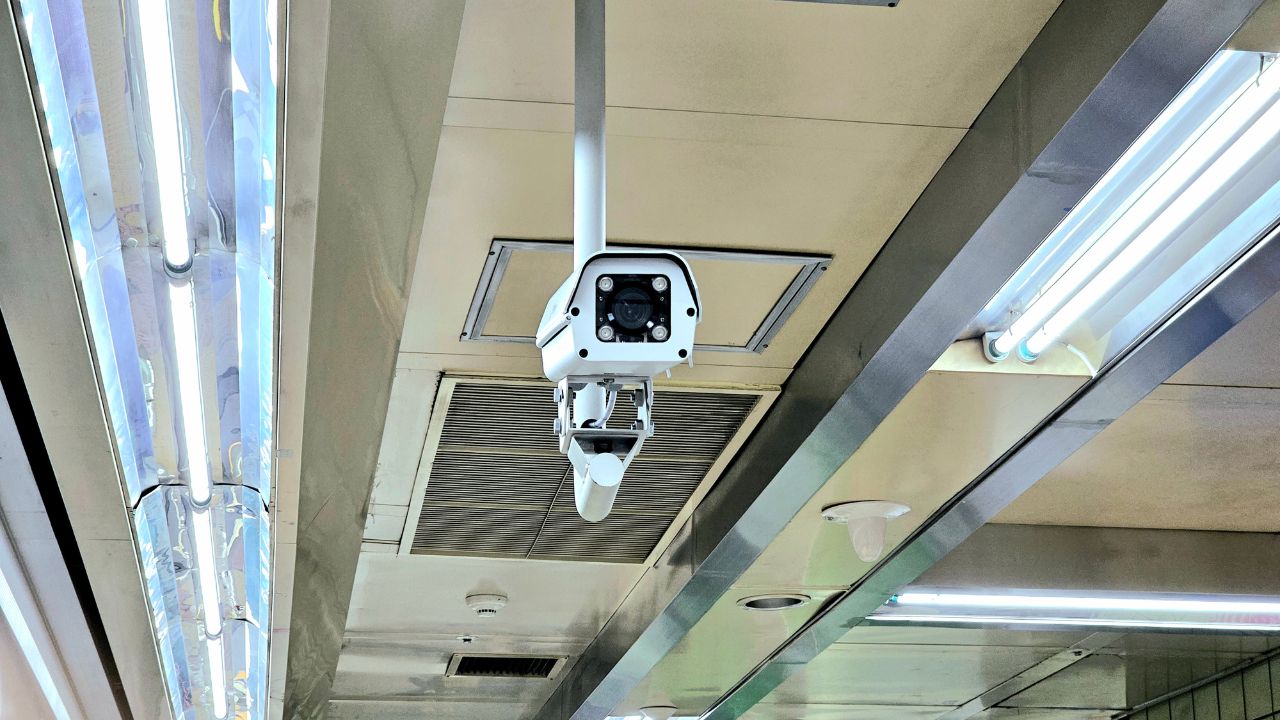Internet Protocol (IP) cameras have become a revolutionary technology in surveillance and monitoring in the modern age of surveillance and digital communication. Modern IP camera solutions are widely produced by cctv manufacturers in china, making the technology more accessible worldwide. The IP cameras transmit video information over the internet or local network, unlike the conventional closed-circuit television (CCTV) that requires direct connections and analog configuration. This renders them very flexible, scalable, and applicable to a broad usage. IP camera technology remains a stand-out technological innovation as organizations and individuals continue to focus more on safety and efficiency.
How IP Cameras Work
IP cameras operate by recording the video and converting it to digital signals, and sending the data over an IP network. The cameras have a unique IP address each and can thus be accessed and controlled remotely by computers, smartphones, or other devices that are connected to them. The high-resolution sensors make the video captured in clear details, and the state-of-the-art compression technologies make the video use less bandwidth without spending on the quality of the image. A lot of IP cameras also include night vision, motion detection, and cloud storage, which add to the performance and convenience of these cameras.
Advantages over Traditional CCTV
The greatest benefit of the IP cameras is that they are flexible. The conventional analog CCTV networks may be wired and may need specific devices, and thus lack the flexibility to meet the evolving demands. Conversely, IP cameras may be integrated with the existing IT infrastructure with ease, have remote availability, require less installation effort, and have expansion capabilities. Also, IP cameras can provide high-definition and even ultra-high-definition video, which is way beyond the capability of any older CCTV system. They offer a more intelligent and interactive method to security, providing such features as two-way audio and smart analytics.
Residential Security
Residential security is one of the most common applications of IP cameras. These systems are becoming a necessary part for homeowners to monitor in real-time and have peace of mind. People are able to read live feeds, get live alerts and use built-in audio functions through mobile applications. IP cameras reduce crime and improve safety whether at the doorways, driveways or internally. Their integration with smart home systems also enables fluency in controlling security and other interconnected objects, and therefore, they form a key part of modern home automation.
Business and Trade Applications
The IP camera technology has been invaluable in the commercial and industrial world. The businesses use these systems to protect property as well as to check on activities. The cameras are used in retail stores to prevent theft and analyze the flow of customers, and in factories and warehouses to monitor the working processes, make sure that the safety requirements are followed, and guard the valuable goods. The capability of video data storage in cloud servers or local network video recorders gives the companies insights that are valuable not only in security, but also in operation efficiency and informed decision-making.
Authority in Community Defense and Urban Government
Governments and towns have also adopted the IP camera on the basis of public safety measures. Cities install systems of IP cameras to keep control over traffic and accidents and provide order in the city. These systems are useful to law enforcement agencies because they give an immediate shot of the crime and recorded evidence, which may be of great importance in investigations. The flexibility of IP cameras enables them to be set up in various places, such as highways, public transportation hubs, and so on, contributing to the safety and overall coordination in the city management.
Challenges and Considerations
IP cameras have many advantages, but they also have various considerations that users have to consider. The security of networks is also very important because these cameras are connected to the internet and may fall prey to cybercrimes in case they are not secured accordingly. Storage management and bandwidth needs are also important, especially in large-scale deployments. To manage these issues, manufacturers have tried to stand on the middle ground between security and convenience, either through the use of encryption, effective compression and hybrid forms of storage.
Conclusion
IP camera technology is a giant leap forward in the field of surveillance with unparalleled versatility, sharpness, and integrative ability. Applications of IP cameras are broad and constantly expanding, as they initially served the purposes of home security and commercial protection, and then they started serving the purposes of neighborhood security and intelligent cities. In a world where AI and cloud computing keep developing and gaining strength, they will have a more significant impact on the development of safe, connected, and efficient spaces. The application and adoption of IP camera technology is no longer a privilege to individuals and organizations, but a necessity in this new digital world.


